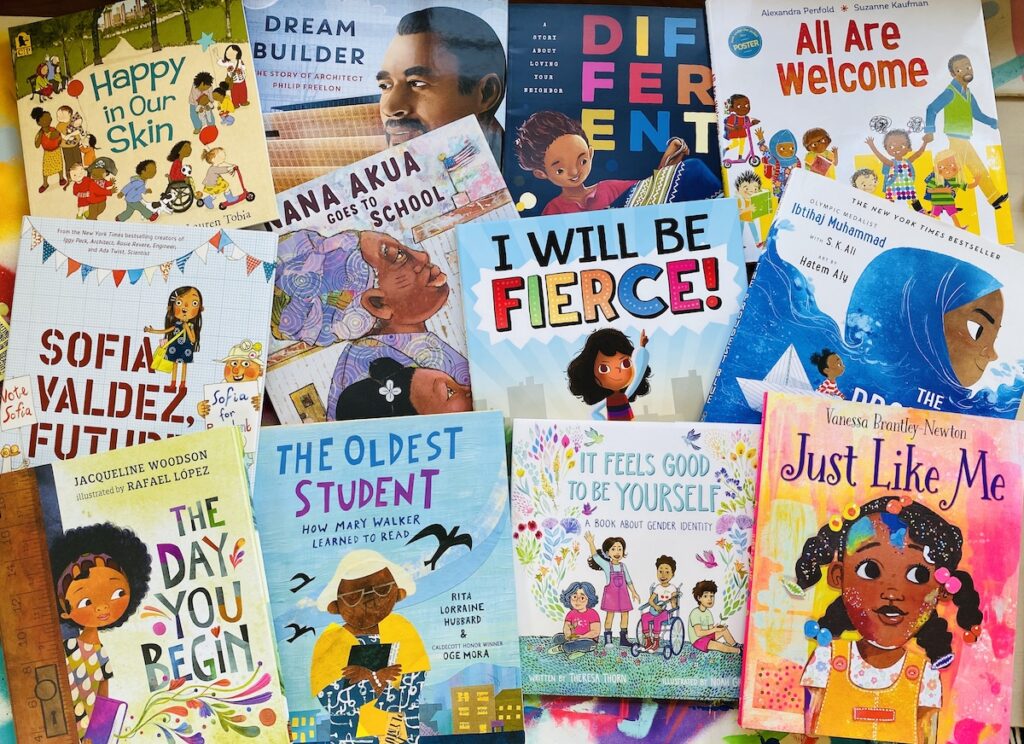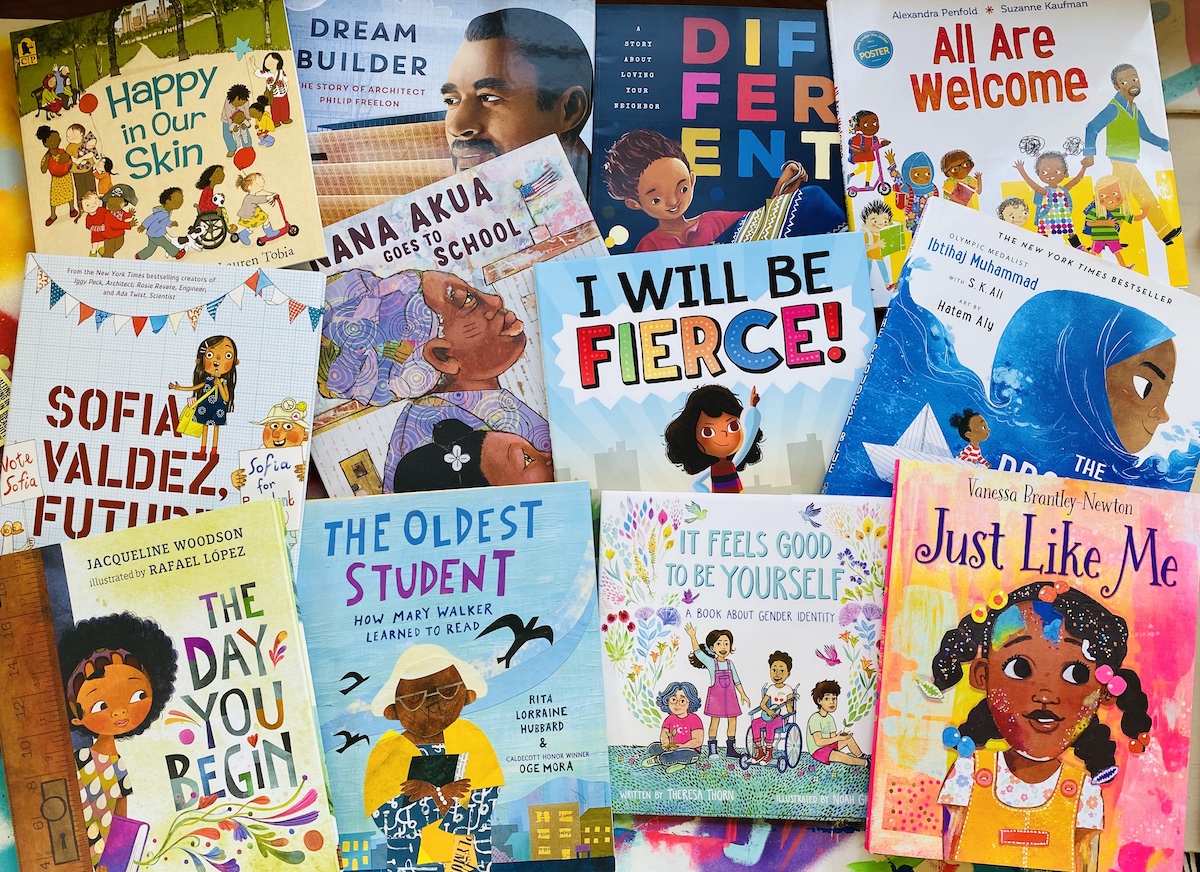
Exploring the World Through Pages: Culture Books for Preschoolers
Introducing young children to diverse cultures is a crucial aspect of early childhood education. Culture books for preschoolers offer a vibrant and engaging way to broaden their horizons, fostering empathy, understanding, and respect for different ways of life. These books act as windows into the world, allowing children to experience traditions, customs, and perspectives beyond their immediate surroundings. Choosing the right culture books for preschoolers can be a powerful tool in shaping their worldview and preparing them to be global citizens.
Why Culture Books Matter for Preschoolers
Preschool is a formative time for children, a period where they begin to develop their sense of self and their understanding of the world. Exposing them to culture books for preschoolers during these early years has numerous benefits:
- Promotes Empathy and Understanding: Culture books help children see the world through different eyes, fostering empathy and understanding towards people from diverse backgrounds.
- Expands Knowledge: They introduce children to new customs, traditions, and ways of life, expanding their knowledge of the world beyond their immediate surroundings.
- Breaks Down Stereotypes: By showcasing the richness and diversity of different cultures, culture books for preschoolers can help break down stereotypes and challenge preconceived notions.
- Encourages Respect: Learning about different cultures fosters respect for diversity and encourages children to value the unique contributions of each culture.
- Prepares for a Globalized World: In an increasingly interconnected world, it’s essential for children to develop a global perspective. Culture books for preschoolers can help them become more aware and appreciative of different cultures, preparing them to navigate a globalized world.
- Spark Curiosity and Interest: Engaging stories and vibrant illustrations in culture books can spark curiosity and interest in learning more about different parts of the world.
Key Features of Effective Culture Books for Preschoolers
Not all culture books are created equal. To ensure that the books you choose are effective in promoting cultural understanding, consider the following features:
- Authenticity: The book should accurately and respectfully represent the culture it portrays. Look for books written or illustrated by people from that culture, or those that have been vetted by cultural consultants.
- Age-Appropriateness: The language, themes, and illustrations should be appropriate for preschoolers. Avoid books that are too complex or that contain potentially sensitive content.
- Positive Representation: The book should portray the culture in a positive and respectful light, avoiding stereotypes or generalizations.
- Engaging Storytelling: The story should be engaging and captivating, drawing children into the world of the culture being portrayed.
- Vibrant Illustrations: The illustrations should be colorful, detailed, and culturally accurate, enhancing the storytelling experience.
- Diversity within Cultures: Good culture books also acknowledge the diversity *within* a culture, showing that not everyone from the same background has the same experiences or beliefs.
Examples of Excellent Culture Books for Preschoolers
Here are some examples of excellent culture books for preschoolers that meet the criteria outlined above:
- “Abuela” by Arthur Dorros: This book follows a young girl as she imagines flying over New York City with her grandmother, celebrating their Hispanic heritage.
- “Round is a Mooncake: A Book of Shapes” by Roseanne Thong: This book introduces children to Chinese culture through the familiar concept of shapes, showcasing objects and traditions associated with Chinese festivals and daily life.
- “The Name Jar” by Yangsook Choi: This story explores the experience of a Korean girl adjusting to a new school in America, highlighting the importance of embracing one’s identity and cultural background.
- “Grandma’s Tiny House: A Counting Story” by Jan Ormerod: This book uses a counting rhyme to depict a large family gathering in a small house, illustrating the warmth and togetherness of family celebrations in a culturally diverse setting.
- “Every Month is a New Year: Celebrations Around the World” by Marilyn Singer: This book showcases how different cultures celebrate the new year, highlighting the diversity of traditions and customs around the world.
- “Festival of Colors” by Kabir Sehgal and Surishtha Sehgal: A vibrant and engaging introduction to the Hindu festival of Holi.
- “All Are Welcome” by Alexandra Penfold: Celebrates the diversity of cultures and backgrounds within a school setting.
How to Use Culture Books Effectively
Simply reading culture books for preschoolers is not enough. To maximize their impact, consider the following tips:
- Choose Books that Reflect Your Community: Start by selecting books that reflect the diversity of your local community. This will help children connect with the stories and see themselves represented in the literature.
- Engage in Discussions: After reading a book, engage children in discussions about the culture being portrayed. Ask them what they learned, what they found interesting, and how it compares to their own experiences.
- Connect to Real-Life Experiences: Whenever possible, connect the stories in the books to real-life experiences. For example, if the book features a particular food, try preparing it together. Or, if the book highlights a specific festival, consider attending a local celebration.
- Use Multiple Resources: Supplement culture books with other resources, such as videos, music, and art. This will provide a more comprehensive and immersive learning experience.
- Be Mindful of Your Own Biases: Be aware of your own biases and assumptions about different cultures. This will help you present the material in a fair and objective manner.
- Create a Culturally Inclusive Environment: Make sure your classroom or home environment is culturally inclusive, celebrating diversity and promoting respect for all cultures.
- Encourage Questions: Create a safe space for children to ask questions about different cultures. Answer their questions honestly and respectfully, even if they are difficult or sensitive.
Beyond the Book: Extending the Learning Experience
The learning doesn’t have to stop when the book is closed. Here are some ways to extend the learning experience beyond the pages of culture books for preschoolers:
- Cultural Celebrations: Participate in cultural celebrations and festivals in your community. This provides a firsthand experience of different traditions and customs.
- Cooking and Food: Explore different cuisines from around the world. Cooking and eating together can be a fun and engaging way to learn about different cultures.
- Music and Dance: Listen to music and learn traditional dances from different cultures. Music and dance are powerful forms of cultural expression.
- Art and Crafts: Create art projects inspired by different cultures. This can be a fun and creative way to learn about different art forms and traditions.
- Guest Speakers: Invite guest speakers from different cultures to share their experiences and perspectives with the children.
- Field Trips: Visit museums, cultural centers, and other places that showcase different cultures.
- Language Learning: Introduce children to basic phrases in different languages. This can spark their interest in learning more about other cultures.
Choosing Books That Avoid Stereotypes
It is essential to actively seek out culture books for preschoolers that avoid stereotypes and promote accurate representations. Look for books that:
- Show diverse characters within a culture.
- Focus on everyday life rather than exoticizing traditions.
- Are written or illustrated by people from the culture being represented, or have been reviewed by cultural consultants.
- Avoid generalizations and show the complexities of cultural identity.
By carefully selecting and thoughtfully using culture books for preschoolers, we can help young children develop a broader understanding of the world, fostering empathy, respect, and appreciation for diversity. It’s an investment in a more inclusive and understanding future.
Ultimately, using culture books for preschoolers is about more than just learning about different customs and traditions. It’s about fostering a sense of global citizenship and preparing children to be active and engaged members of an increasingly interconnected world. By introducing them to diverse perspectives and experiences, we can help them develop the empathy, understanding, and respect they need to thrive in a globalized society. [See also: Diverse Children’s Literature] [See also: Multicultural Education in Early Childhood]

